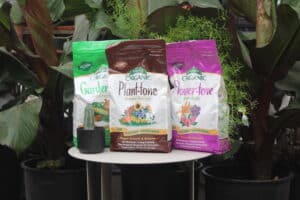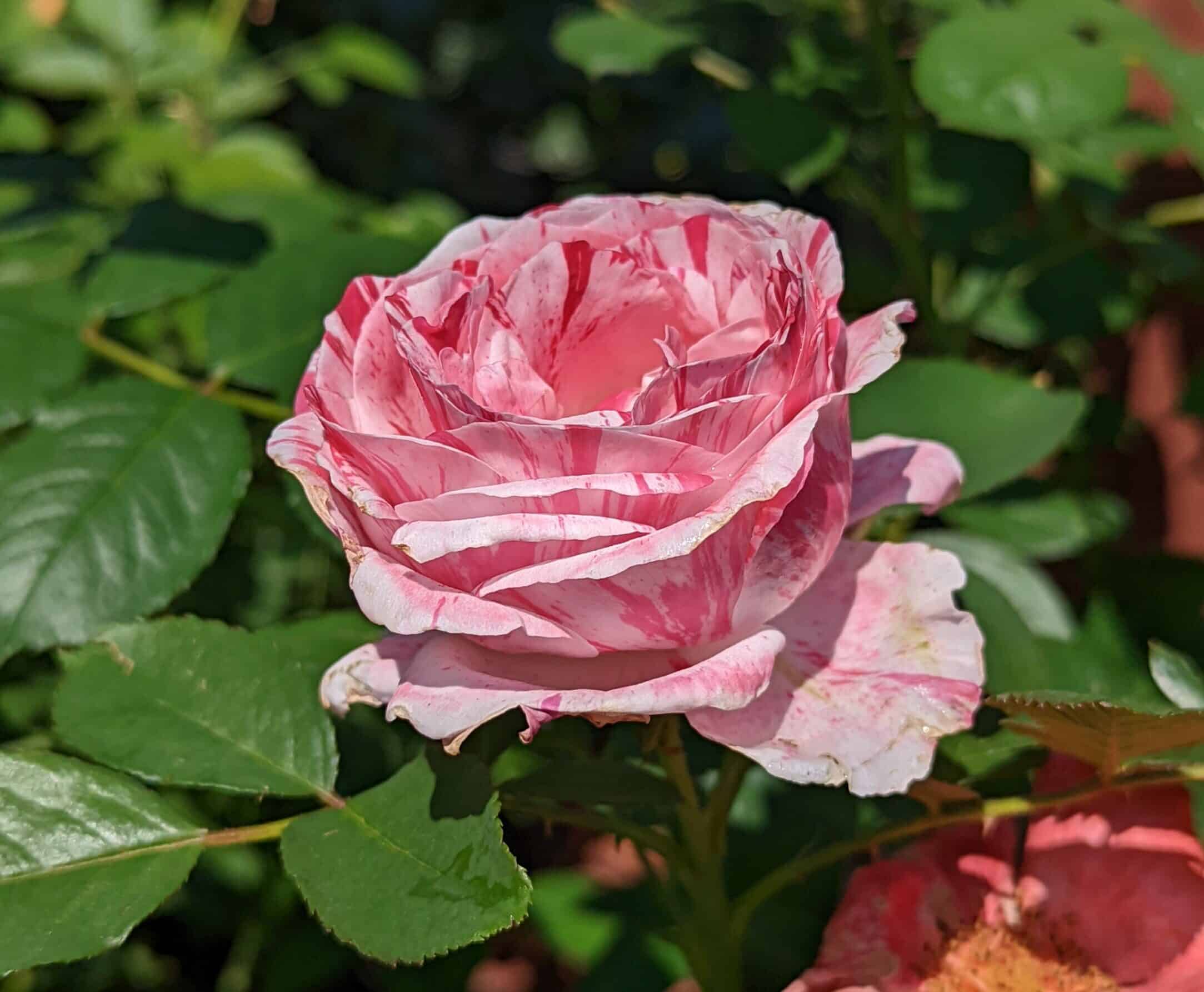At Christmas a few years ago, we bought a rose bush to commemorate a special family member who had died that year. It’s a variety called ‘Sunshine Daydream,’ and each mid-spring it fills an area beside our backyard deck with beautiful yellow blooms that do, in fact, invite anyone passing by to stop and smell the roses.
Full disclosure here: I am not an expert on roses. In fact, because my landscape is rich with large shade trees and roses need a lot of sun, I have resisted trying to grow them. This one rose bush is planted in what I believe must be the sunniest spot on the entire property.
But because I want this rose to thrive, I turn to my trusted sources to learn about its care, feeding and pruning. Here’s what the say about growing roses in your landscape:
First, know your rose
There is a wide range of types of roses – climbers, hybrid teas, grandifloras, floribundas; drift roses that can be groundcovers, shrub roses that may be grown in masses, miniatures that can grow in containers.
The climbing roses can be stunning as they frame a doorway or cover a trellis; groundcover roses can tumble down a bank or sloped yard; hybrid tea and grandiflora varieties can be the stars of formal cutting gardens.

All need the same basic care: full to part sun (at least six hours of sunshine each day), adequate water, well-drained soil, attention to fertilizing, and proper pruning at the appropriate times for the best production of blooms.
New plants are available as container-grown plants or bare-root roses sold as dormant plants. The best planting time is in spring before the worst of the summer heat arrives.
Planting and feeding roses
Dig the planting bed deeply and fold in compost or other organic matter to improve dense clay or overly sandy soil. Before planting a bare-root rose, let the plant sit in water for a couple of days to freshen the roots and canes. Plant container-grown roses at the level they grew in the nursery pot. Water deeply, and cover the soil with mulch without piling mulch against the stems.

For regular watering, sprinklers may serve double-duty by washing away some of the pests that visit roses – aphids and spider mites, for example – while it soaks the soil, but it also may encourage blackspot, a common disease that affects the plants. Water with sprinklers early in the day to allow the foliage to dry off quickly.
Some roses don’t need regular fertilizer, but many of the repeat blooming varieties benefit from regular feeding and produce more abundant blooms. Stop feeding in late summer, since any new canes that result from vigorous growth could be damaged by early frosts. Dry, slow-release fertilizer made for roses, such as Espoma Rose Tone, is a good choice. Liquid fertilizer may be applied on the ground and also sprayed on the foliage. Always follow package directions for the fertilizer you choose.

As for everyday care: You’ll enjoy your abundance of roses more if you clip off the spent blooms as they begin to fade, and cutting them back to a five-leaf leaf on the cane encourages new growth. Keep the ground clean in the rose bed, because debris left around the rose can play host to insects and disease.
The best time to prune a rose bush to promote strong growth is early in the year, near the end of the dormant season. I prune our ‘Sunshine Daydream’ each year in December or January, before new leaves begin to sprout.
The challenges
A lot of creatures besides the gardener are attracted to rose bushes. Aphids, Japanese beetles, spider mites and thrips are common pests. Encouraging the beneficial insects to come around (or not shooing them away) can help keep the damaging insects at bay. It’s best to avoid using pesticides that kill everything, because they kill the beneficial insects as well. In my landscape, Japanese beetles have become recent but annoying visitors that chew holes in the perfect rose petals and leaves. I keep a bucket of soapy water nearby, and flick the bugs off the rose bush into the bucket whenever I see them.
Roses are also susceptible to powdery mildew and to blackspot. Natural products such as Neem oil can be effective if applied before early, and re-applied throughout the season.
Rose rosette disease is a virus that has begun to affect roses within the past couple of decades, spread by tiny mites that blow in on the wind. Watch for bright red shoots that will grow into distorted canes commonly called witches’ broom. As the virus spreads throughout the plant, it will gradually die back until it is completely dead. You may be able to slow down rose rosette disease by cutting off the bright red sprouts as they appear. Some experts suggest digging up the infected bush and getting rid of it, though, so it won’t spread the disease to other roses in the garden.
https://gardensofbabylon.com/store/rose-tone-4-lb.html
https://gardensofbabylon.com/store/search/neem+oil/
Nashville Rose Society: https://nashvillerosesociety.org/
Southern Living Garden Book: https://southernlivingstore.com





